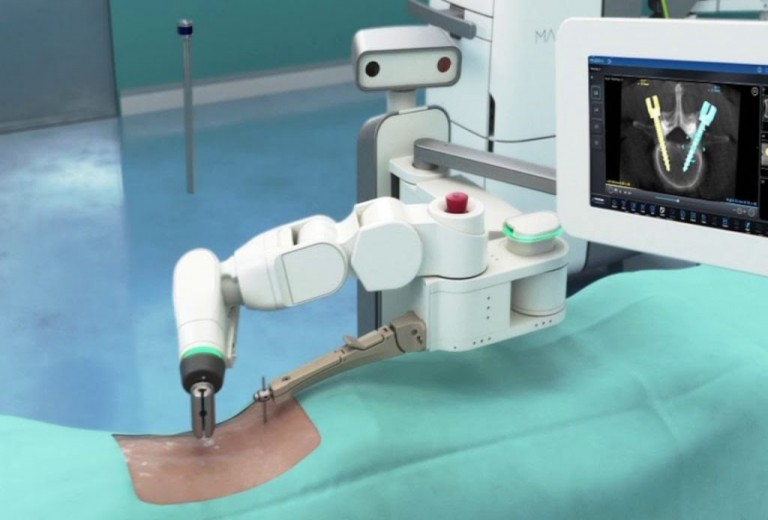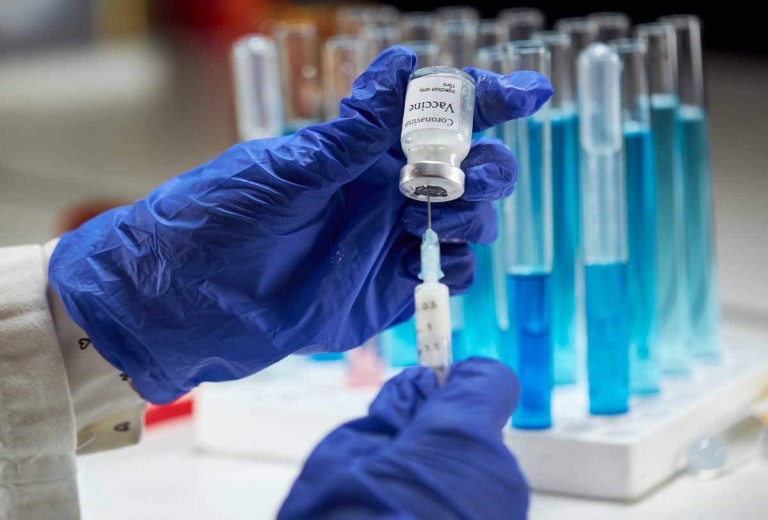Molecular Imaging Techniques and Their Application in Stem Cell Research

Molecular imaging, including bioluminescence imaging (BLI), fluorescence molecular imaging (FMI), positron emission tomography (PET), single photon emission computed tomography (SPECT), and magnetic resonance imaging (MRI) can characterize and quantify biological process at the cellular and molecular level in intact living subjects. It usually exploits specific molecular probes as the source of image contrast to detect the disease and evaluate drug efficacy . In recent years, with the development of molecular imaging including imaging systems and imaging algorithms, molecular imaging has been widely applied in many areas, such as tumor research, drug development, and stem cell research and so on. Take the bioluminescence imaging system as an example, it has been developed from two-dimensional system to three-dimensional systems. Fluorescence imaging system has also been greatly improved in imaging acquisition speed and stability. Meanwhile, many algorithms had been developed to improve the speed and accuracy of image reconstruction, such as Tikhonov regularization method , a Born-type approximation BLT method , the Bayesian approach . The development in system and algorithm enables molecular imaging to become an important means of stem cell research. Then we will review some researches of molecular imaging on tracking stem cell therapy of cardiovascular and neurological diseases.
3.1. Molecular Imaging for Tracking Stem Cell Therapy in Cardiovascular
Cardiovascular disease is the second cause of morbidity and mortality in China, and the leading cause of morbidity and mortality in the United States . One major reason for the high morbidity and mortality is that the heart has an inadequate regenerative response following ischemia caused by myocardial infarction or other chronic cardiovascular diseases . Novel regenerative therapies like stem cell therapy can promote neovascularization and neomyogenesis, which need to be evaluated using molecular imaging .
For cardiac stem cell therapy, Bulte’s group monitored the trafficking of 111In labeled mesenchymal stem cells after intravenous administration in a porcine myocardial infarction model using SPECT imaging . Cao’s group demonstrated the utility of BLI by tracking survival and proliferation of mouse ESCs following cardiac injection in rats in 2006 . Then Li’s group made a head-to-head comparison of BLI and MRI using human ESCs in immunodeficient mouse hind limb models and found that MR images showed stable and similar signals in both undifferentiated ESCs and differentiated endothelial cells for 4 weeks, whereas BLI showed divergent survival profiles for the two groups . The result was shown in Figure 1. In addition, Schrepfer’s group has used GFP to histologicaly verify the presence of transduced bone marrow mononuclear cells following transplantation into myocardium . All these imaging technologies including BLI, FMI, PET, SPECT, and MRI have been used in tracking stem cell therapy in cardiovascular, which will promote the development of stem cell therapy.
3.2. Molecular Imaging for Stem Cell Therapy in Neurological Diseases
The nervous system is a delicate and complex system, composed of neurons, glial cells, microglia, and cells and blood vessels of the meninges. Human neurological diseases such as Alzheimer’s disease, Parkinson’s disease, Huntington’s disease, spinal cord injury, and multiple sclerosis are caused by loss of different types of neurons and glial cells in the brain and spinal cord [46]. Discovery of the therapeutic potential of stem cells offers new methods for the treatment of neurological diseases. Advances in imaging equipment and technique offer powerful methods for evaluating therapeutic efficacy of neurological diseases .
For PET imaging, as a common imaging probe, F-FDG has been used to label porcine circulation progenitor cells with the labeling efficiency % . Furthermore, Kang’s group has evaluated the efficacy of stem cell therapy in human heart using PET in clinical studies . Bjorklund’s group has used PET and 11C-labeled 2β-carbomethoxy-3β-(4-fluorophenyl) tropane ([11C]CFT) to obtain parallel evidence of dopaminergic (DA, associated with Parkinson’s disease) cell differentiation in vivo . Behavioral recovery of rotational asymmetry at 9 weeks after implantation of ESCs in animal models implicated that ESCs could become a donor source for cell therapy in Parkinson’s disease (PD), and the results were shown in Figure 2. Bradbury’s group has monitored the long-term viability and proliferation of hESC-derived neural precursor grafts in the brains of immunodeficient and immunocompetent mice using BLI . Their studies demonstrated that there was no significant alteration in the viability of transduced hESC-derived neural precursors in immunodeficient models over a 2-month period, but there were variations in proliferative activity among grafted animals. These studies indicate the broad application prospects of molecular imaging techniques in stem cell therapy for nervous disease.






